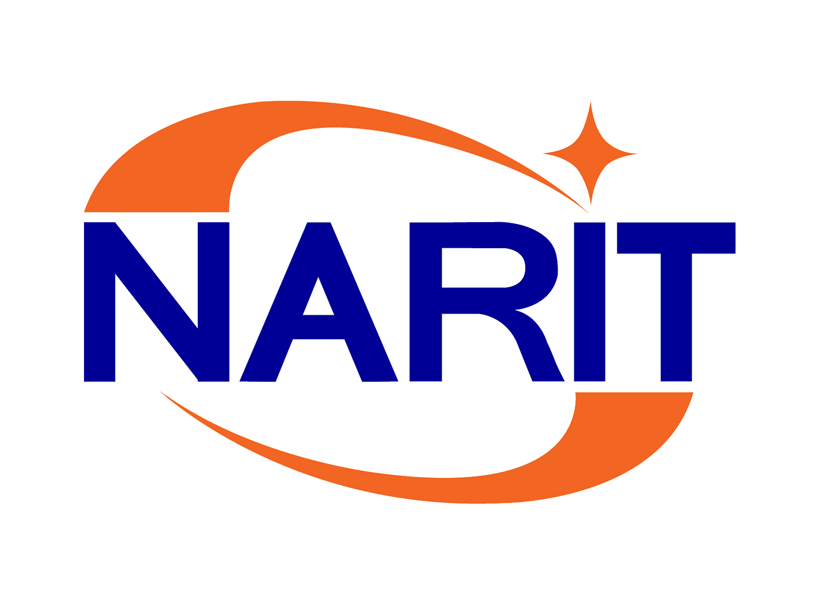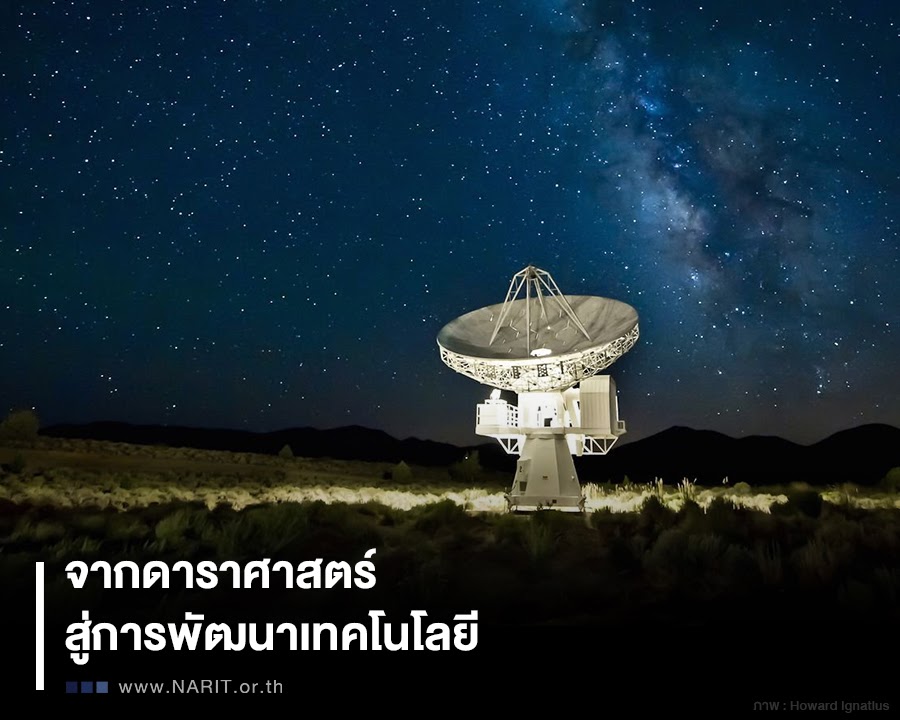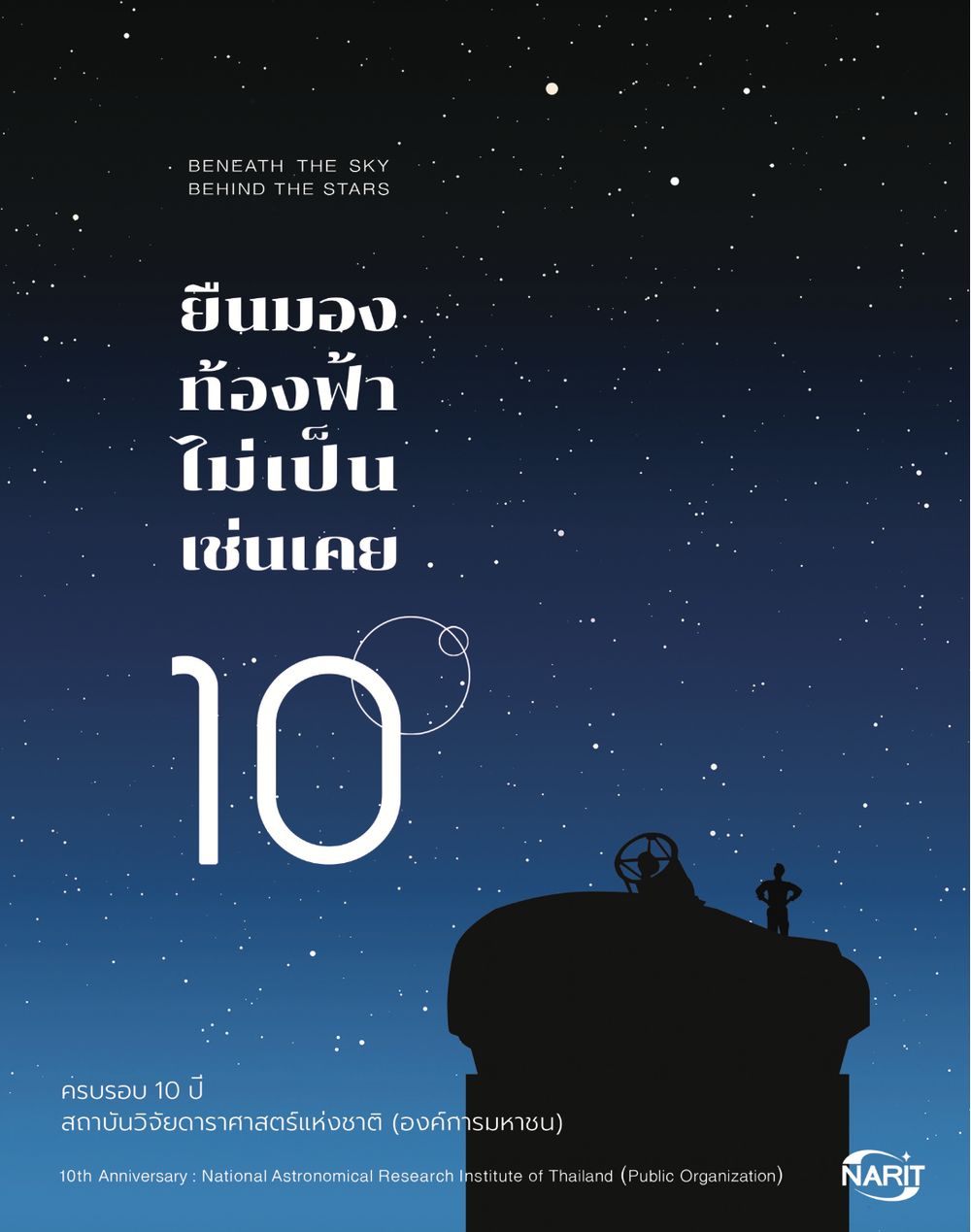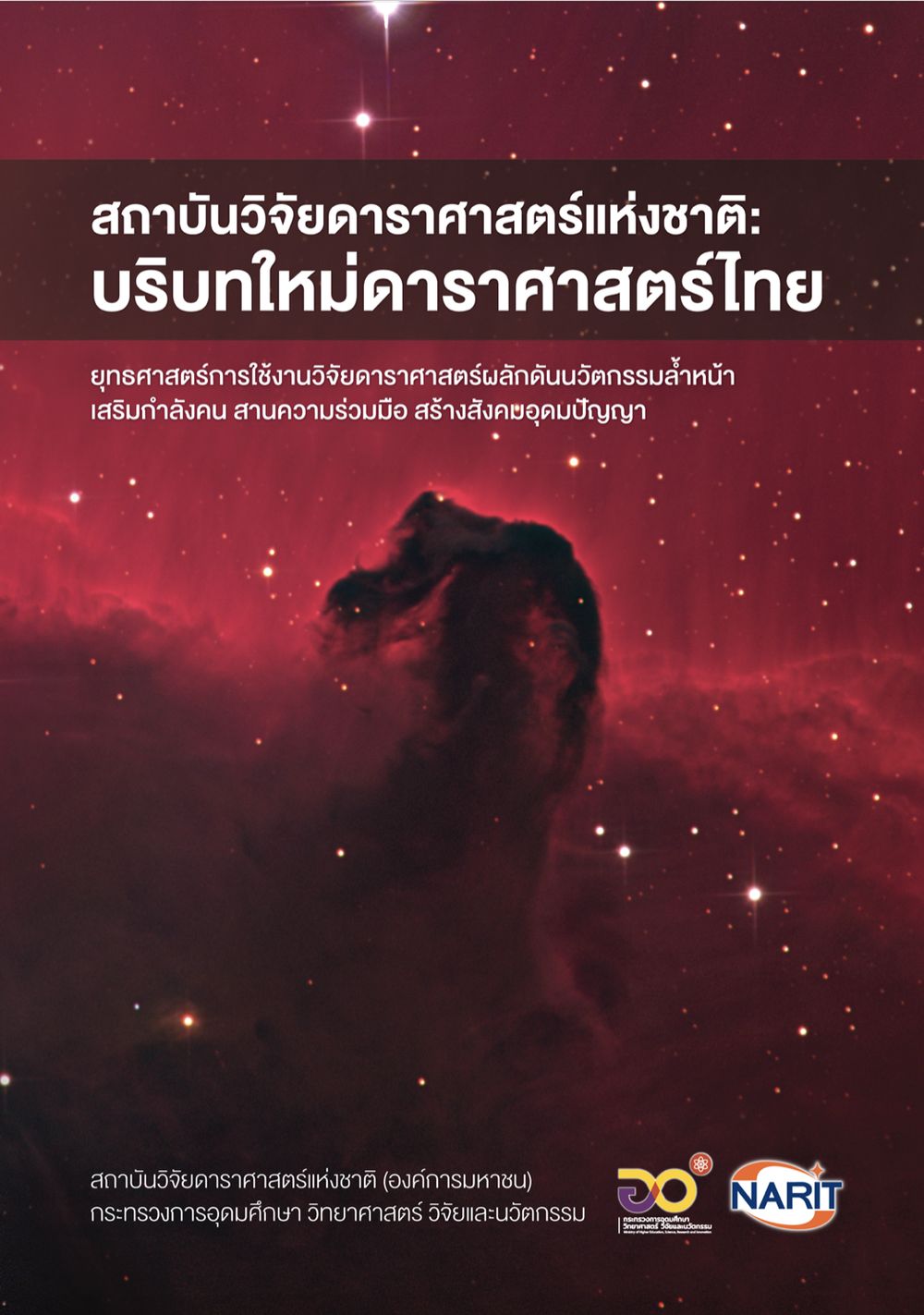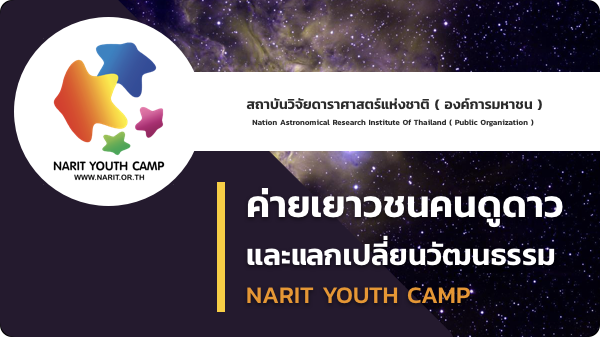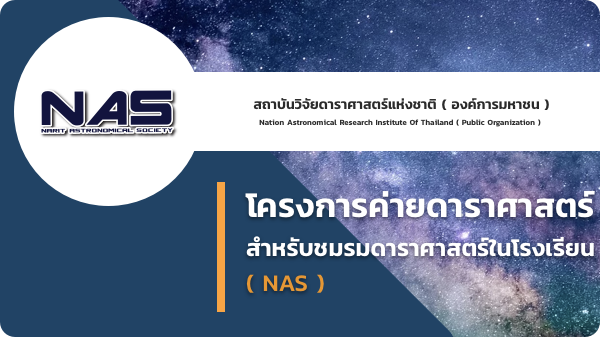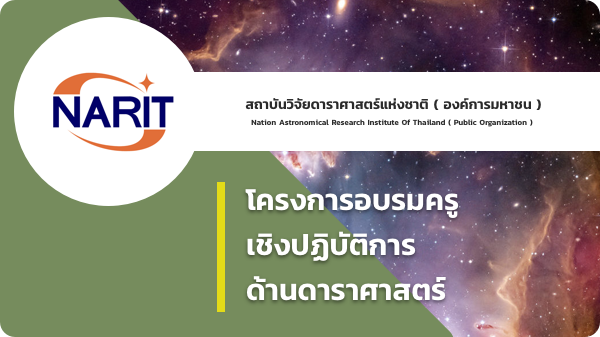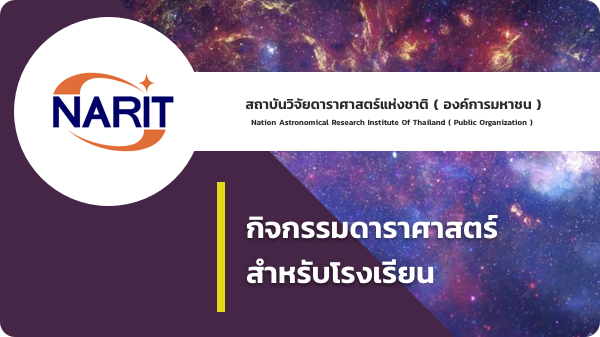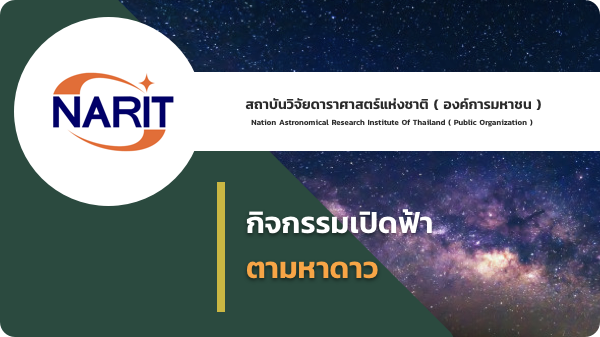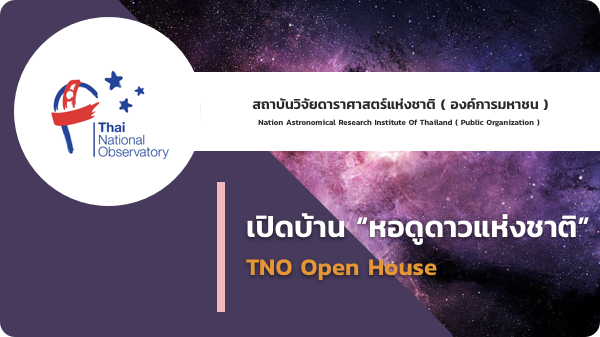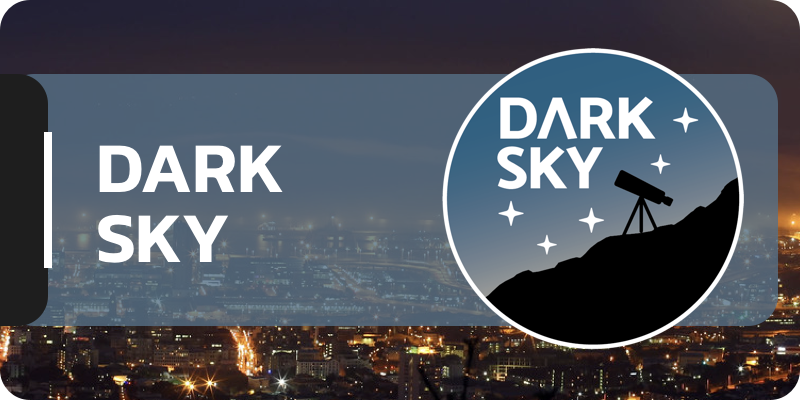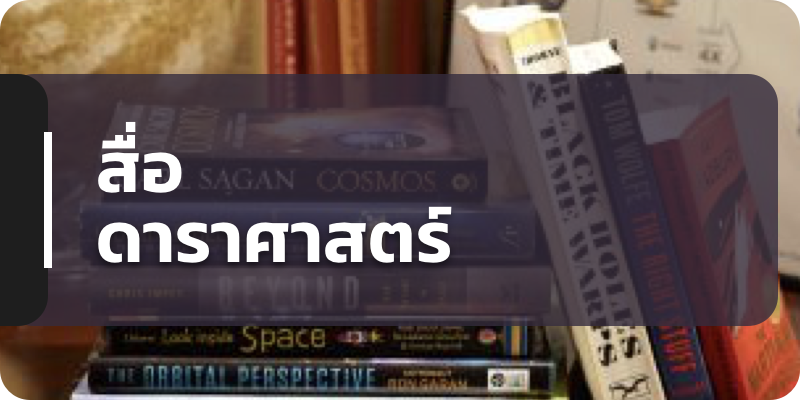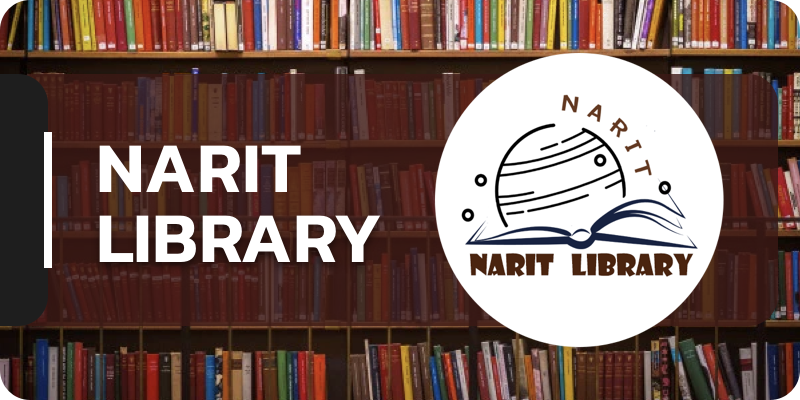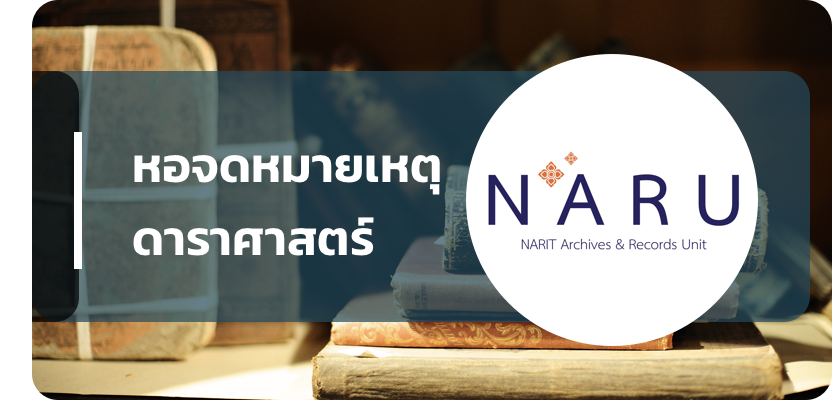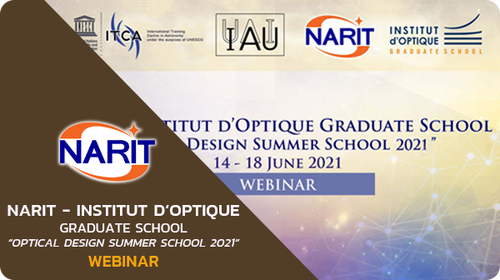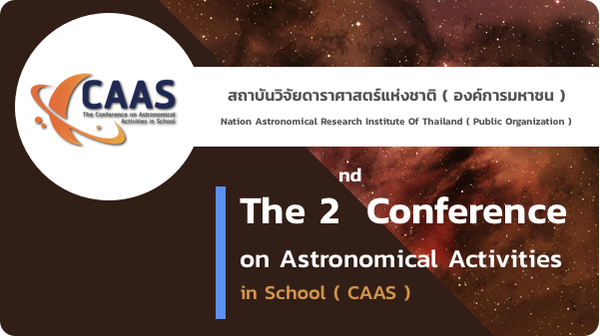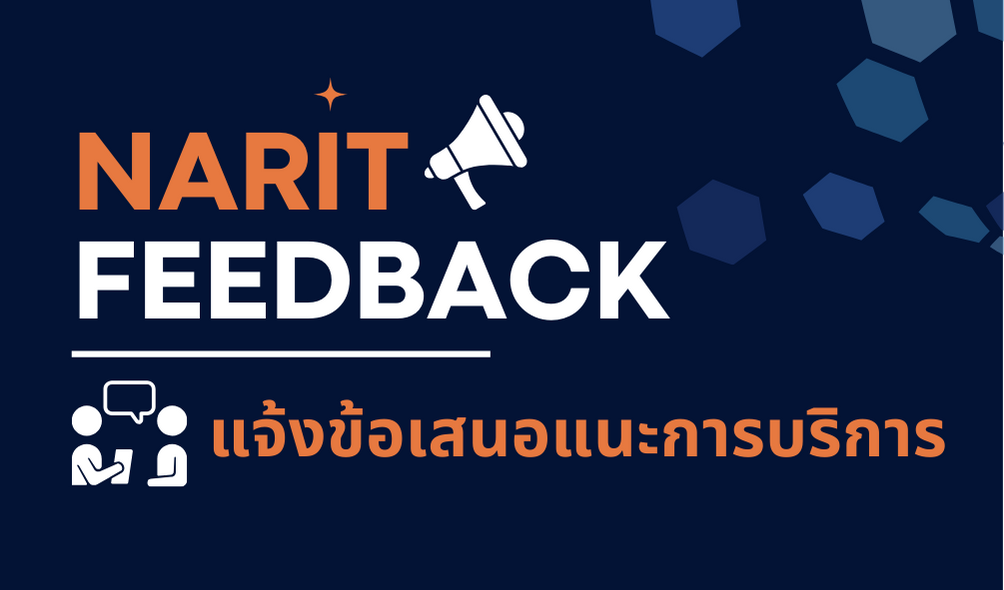Chiang Mai, Thailand
26 – 30 January 2019
It’s the beginning of 2019 and welcome to the SKA Era! This ‘Square Kilometer Array’ aka SKA draws a lot of attention not just in the Radio Astronomy world but rather in the extensive ranges of scientific and engineering fields across the universe. The National Astronomical Research Institute of Thailand (Public Organization) has thus taken a leaping step as Southeast Asia’s leader in astronomy to organize the Second Asia SKA Initiative On Neutron Stars (ASIONS) Meeting in Chiang Mai during 29 – 30 January 2019.

As ASIONS summoned over 20 world-class experts working in the field of Pulsars to the city of Chiang Mai to strengthen the on-going nascent collaborations on the SKA era relevant projects on various aspects of Neutron Stars. The keenly anticipated Square Kilometre Array (SKA) observations of Pulsars will be instrumental to perform strong field tests of gravity, to explore exciting and exotic neutron star astrophysics and to detect sub-micro Hertz gravitational waves during the coming decades. Therefore, these topics are being actively pursued by the Pulsar and Neutron Star science working group that include many Asian researchers. This meeting was also aimed to strengthen further collaborations and discussions Initiated during the `First ASIONS Meeting' held in Goa, India in 2016. Various topics presented include “Neutron Star Science with the Upgraded GMRT”, “Pulsar Science with The 40m Thai National Radio Telescope”, “Development of SKA Pulsar Key Science on Gravity over the last 20 years” and “What can we learn from radio polarization measurements in pulsars?”

Prior to the 2nd ASIONS Meeting, some of the experts were invited by NARIT to give lectures to 30 international advanced university students in the “Probing Relativistic Gravity in the SKA Era Workshop” during 26 – 28 January 2019. This was designed to prep the students with necessary elements on radio astronomy and Square Kilometer Array (SKA), Neutron Star and Pulsar to Gravitational Waves and their detection. Together with 3 hands-on sessions on Python, Linux, PRESTO, PSRCHIVE and TEMPO2.

These two workshops were organized and hosted by NARIT – implemented through our International Training Centre in Astronomy under the auspices of UNESCO (ITCA) – at a crucial time of advancement, as the 40-metre Radio Telescope known as Thai National Radio Telescope (TNRT) is currently under construction in Chiang Mai. This TNRT facility – in its very foundation – would connect the dot of global networks in this field. It would also foster an influx of innovation and technology transfers across the region, job recruitment – especially in the STEM backgrounds and would ultimately be of great benefits to the human capacity development.

The aforementioned ‘Pulsar People Reunion’ were successful events that marked another milestone for Thai and Asian Radio Astronomy. They also added on to the list of achievement in international collaboration in the field of astronomy, in order to make the world a knowledge-based and innovative planet that sustains.

